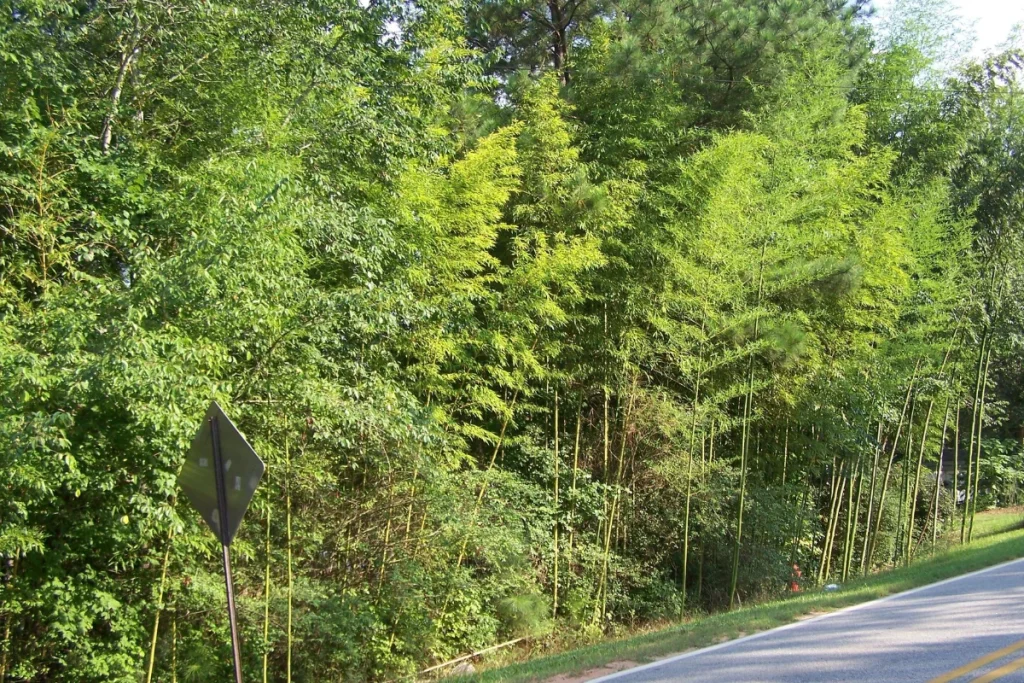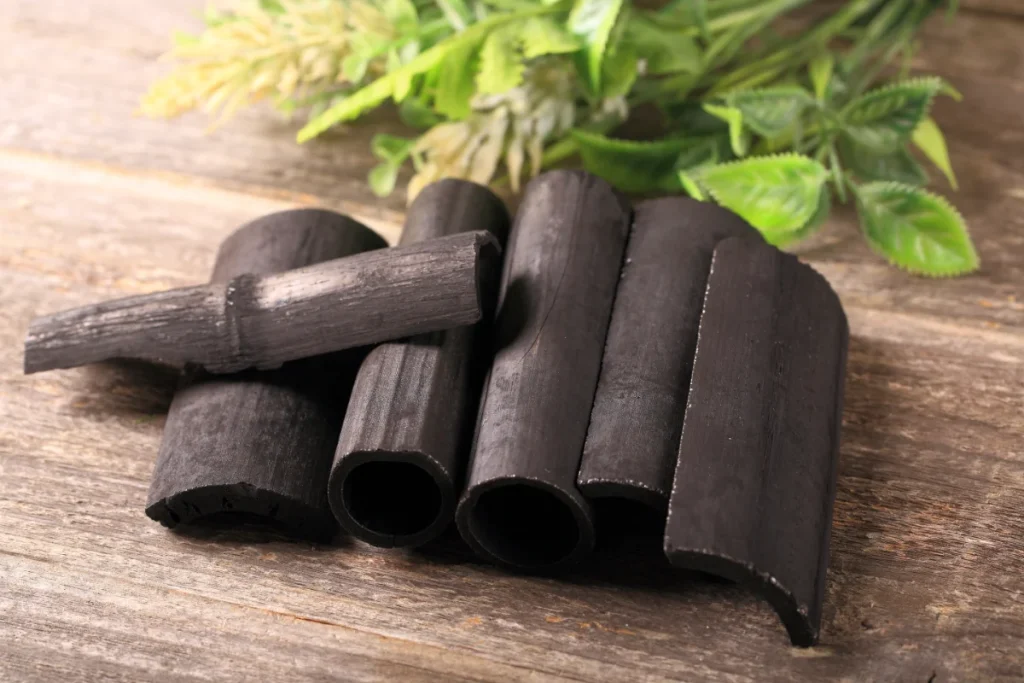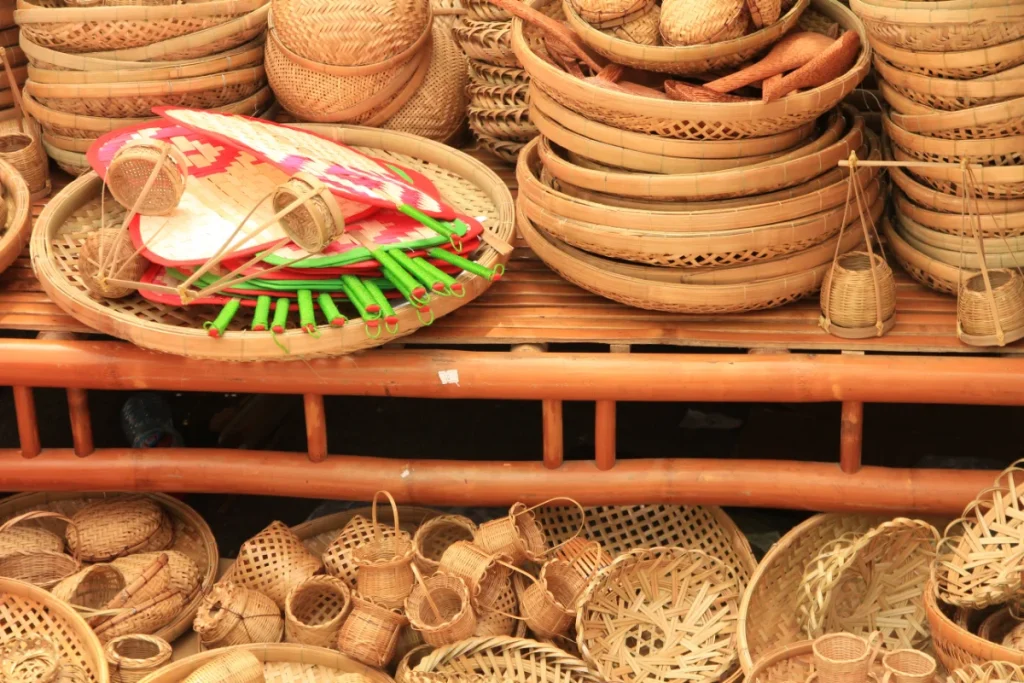
Bamboo as an Invasive Species: Navigating the Green Invasion
Introduction
Bamboo, celebrated for its versatility and eco-friendliness, harbors a less-known but impactful truth—its potential to invade ecosystems. This green invasion is not merely a botanical concern; it’s an ecological puzzle with far-reaching consequences. As we navigate through the lush realms of bamboo, we’ll identify invasive strains, understand their impact on ecosystems, and explore preventive measures.
Common Types of Invasive Bamboo
Among the myriad bamboo species, some have a propensity to invade ecosystems. Notable varieties include the notorious Golden Bamboo and Sacred Bamboo. Understanding these invaders is the first step toward effective mitigation. Let’s delve into some of the notorious culprits:
Golden Bamboo (Phyllostachys aurea):
Recognized for its rapid growth and vibrant appearance, Golden Bamboo is a frequent invader. Its dense thickets outcompete native vegetation, altering landscapes and disrupting local ecosystems.
Sacred Bamboo (Nandina domestica):
Despite its misleading name, Sacred Bamboo is not benign. This ornamental plant, often used in landscaping, can escape cultivation and spread aggressively, posing a threat to native flora.
Running Bamboo (Various Genus and Species):
Running bamboo, characterized by its expansive rhizome system, is notorious for its invasive tendencies. It spreads quickly, creating dense colonies that outcompete other plants and alter soil composition.
Black Bamboo (Phyllostachys nigra):
Admired for its aesthetic appeal, Black Bamboo‘s dark stems make it a sought-after ornamental plant. However, when left unchecked, it can become invasive, displacing native vegetation.
Arrow Bamboo (Pseudosasa japonica):
Native to East Asia, Arrow Bamboo is prized for its elegant appearance. However, its ability to spread rapidly can turn it into an invasive force, particularly in favorable climates.
Impact on Ecosystems
The invasion of bamboo, though visually striking, unfolds a tale of disruption within natural habitats. Understanding the mechanisms through which bamboo exerts its influence is crucial for recognizing and mitigating its impact.

Rapid Colonization:
Invasive bamboo, equipped with resilient rhizome systems, can rapidly colonize areas. Its aggressive growth outpaces native vegetation, creating monocultures and altering the composition of natural habitats.
Sunlight Deprivation:
The dense foliage of invasive bamboo creates a thick canopy, limiting sunlight penetration to the forest floor. This deprivation hampers the growth of native plants that rely on sunlight for photosynthesis, disrupting the natural balance of the ecosystem.
Altered Soil Composition:
Bamboo’s extensive root systems alter the soil structure. The rapid accumulation of fallen leaves and organic matter from bamboo can lead to changes in nutrient cycling, affecting the availability of essential elements for other plant species.
Habitat Fragmentation:
Bamboo invasion can result in habitat fragmentation, as it establishes dense thickets that isolate patches of land. This fragmentation disrupts the interconnectedness of ecosystems, impacting the movement of wildlife and contributing to biodiversity loss.
Competition for Resources:
Invasive bamboo competes fiercely for resources such as water, nutrients, and space. Native plants often succumb to this competition, as bamboo’s rapid growth allows it to monopolize essential resources, leaving other species at a disadvantage.
Altered Water Flow:
Bamboo’s dense root systems can impact water flow in streams and rivers, leading to changes in hydrological patterns. This alteration affects aquatic ecosystems, potentially harming fish habitats and the organisms dependent on regular water flow.
Effects on Local Plants and Animals
The green invasion of bamboo extends its consequences beyond altering landscapes; it significantly impacts local plants and animals, disrupting the delicate ecological balance.
Biodiversity Decline:
The rapid spread of invasive bamboo often results in the displacement of native vegetation. As bamboo forms dense thickets, native plant species struggle to survive, leading to a decline in biodiversity within affected areas.
Altered Plant Composition:
Native plants face intense competition for resources, with invasive bamboo quickly monopolizing sunlight, water, and nutrients. This competition can lead to shifts in plant composition, favoring bamboo at the expense of a diverse array of native species.
Impact on Insects and Pollinators:
Invasive bamboo can disrupt insect and pollinator populations. Changes in plant composition may affect the availability of nectar and pollen, impacting species that rely on these resources for survival.
Habitat Modification for Animals:
The dense thickets created by invasive bamboo alter the structure of habitats. This modification can affect the availability of shelter, breeding sites, and foraging grounds for various animal species, leading to changes in population dynamics.
Competition for Food Resources:
Invasive bamboo’s rapid growth and resource monopolization can lead to increased competition for food resources among herbivores. Species dependent on specific plant types may face challenges as bamboo displaces their preferred vegetation.
Disrupted Seedling Recruitment:
The thick carpet of bamboo leaves on the forest floor can inhibit the recruitment of new plant species. Native seedlings may struggle to establish themselves in the presence of aggressive bamboo, affecting the natural regeneration of the ecosystem.
Altered Microbial Communities:
Bamboo invasion can influence soil conditions, impacting microbial communities. Changes in soil structure and nutrient availability may affect the symbiotic relationships between plants and soil microorganisms, further influencing ecosystem dynamics.
Examples of Real-World Consequences
Across the globe, real-world scenarios underscore the severity of bamboo invasion and its tangible consequences on diverse ecosystems. From altered landscapes to compromised biodiversity, these examples shed light on the impacts of invasive bamboo in various regions:
Southeast Asia – Golden Bamboo Takeover:
In Southeast Asia, the invasive spread of Golden Bamboo (Phyllostachys aurea) has transformed natural landscapes. This aggressive bamboo species outcompetes native vegetation, leading to monocultures and reducing the diversity of plant species.
United States – Running Bamboo Escapes Gardens:
In the United States, running bamboo varieties, known for their expansive rhizome systems, have escaped cultivation. Once confined to gardens, these bamboos now invade neighboring natural areas, displacing native plants and altering local ecosystems.
Australia – Impact on Waterways:
In Australia, the bamboo invasion has affected waterways. The dense root systems of invasive bamboo alter the flow of streams and rivers, contributing to changes in hydrological patterns and potentially impacting aquatic habitats.
Europe – Spread of Sacred Bamboo in Urban Areas:
In European urban areas, Sacred Bamboo, often planted for ornamental purposes, has become invasive. Its spread beyond cultivated spaces poses challenges for local ecosystems, disrupting plant and animal communities.
Africa – Bamboo Invasion in Savannas:
In some African savannas, bamboo invasion has been observed. This encroachment alters the composition of native grasses and shrubs, affecting the grazing patterns of herbivores and influencing the overall structure of the savanna ecosystem.
South America – Black Bamboo Impact in Forests:
In parts of South America, the invasion of Black Bamboo has been documented. This bamboo, prized for its dark stems, can displace native vegetation in forests, impacting the habitats of diverse plant and animal species.
Why Bamboo Can Become Invasive?
Understanding the factors that contribute to bamboo’s invasive nature is pivotal for developing effective management strategies. While bamboo is celebrated for its versatility and beauty, certain characteristics make it prone to becoming invasive in various ecosystems:

Rapid Growth:
Bamboo is renowned for its rapid growth, capable of outpacing many other plant species. This quick expansion allows bamboo to establish dense thickets in a short period, altering the structure of natural habitats.
Extensive Rhizome Systems:
Many bamboo species possess extensive rhizome systems—underground stems that give rise to new shoots. These rhizomes enable bamboo to spread horizontally, forming colonies that can be challenging to contain.
High Reproductive Capacity:
Bamboo exhibits high reproductive capacity through both seeds and vegetative propagation. The production of numerous seeds and the ability of broken rhizome fragments to sprout new plants contribute to its invasive potential.
Allelopathic Effects:
Some bamboo species release allelopathic compounds—chemicals that inhibit the growth of other plants. This allelopathic effect gives bamboo a competitive advantage, hindering the development of neighboring vegetation.
Tolerance to Various Conditions:
Bamboo’s adaptability to different environmental conditions, including varying soil types and climates, contributes to its invasiveness. This versatility allows certain bamboo species to thrive in diverse ecosystems.
Limited Natural Predators:
Bamboo often lacks natural predators or diseases that can effectively control its population. In the absence of natural checks, bamboo can proliferate unchecked, further enhancing its invasive tendencies.
Human Introduction and Planting:
Human activities, including intentional planting for landscaping or ornamental purposes, can introduce bamboo to new areas. Once established, bamboo may escape cultivation and spread rapidly, especially in favorable environments.
Disturbance-Adapted Strategies:
Bamboo species often exhibit characteristics adapted to disturbances, such as fire or deforestation. These adaptations allow bamboo to thrive in areas where other vegetation may struggle to recover.
Preventing Bamboo Invasiveness
Preventing the invasiveness of bamboo involves proactive measures to manage its growth and choose non-invasive varieties. Here are essential steps to prevent the spread of bamboo:
Responsible Planting Practices:
Opt for clumping bamboo varieties that are less likely to become invasive. Research and select bamboo species that are well-behaved and suited to your local climate and soil conditions.
Establish Barriers:
Install physical barriers like root barriers or bamboo barriers to contain the spread of running bamboo. These barriers can help prevent rhizomes from encroaching into neighboring areas.
Regular Monitoring and Maintenance:
Regularly monitor bamboo plantings and promptly address any signs of invasive behavior. Regular maintenance, such as pruning and thinning, can help control growth and prevent the formation of dense thickets.
Choose Non-Invasive Varieties:
Before planting bamboo, thoroughly research and choose non-invasive varieties. Consult local experts or nurseries that specialize in bamboo to identify species that are well-suited for controlled growth.
Proper Disposal of Bamboo Waste:
Dispose of bamboo waste responsibly. Avoid dumping bamboo cuttings or trimmings in natural areas where they can take root and grow. Proper disposal ensures that bamboo remnants do not contribute to unintended spread.
Regular Inspections:
Conduct regular inspections of bamboo plantings to identify any signs of invasive behavior early on. Swift action can prevent the establishment of dense thickets and mitigate potential environmental impact.
Removal and Control Methods
Effectively managing and controlling invasive bamboo requires strategic approaches to limit its spread and mitigate ecological impacts. Here are key methods for the removal and control of invasive bamboo:
Cutting and Mowing:
Regular cutting or mowing of bamboo shoots can help control its growth. This method weakens the bamboo by depleting its energy reserves and prevents the formation of dense thickets.
Digging and Root Barrier Installation:
Digging out bamboo rhizomes and installing root barriers can be effective in containing running bamboo. The barriers prevent the spread of rhizomes beyond a designated area, limiting their invasive potential.
Herbicide Application:
Selective herbicide application is another method for bamboo control. However, it requires careful consideration, as herbicides can impact surrounding vegetation. Consult with professionals and adhere to guidelines for safe and effective use.
Grazing Animals:
Introducing grazing animals that feed on bamboo shoots can be a natural and eco-friendly method of control. Animals such as goats or sheep can help keep bamboo growth in check.
Solarization:
Solarization involves covering bamboo-infested areas with a transparent plastic sheet to harness solar heat. This method can weaken and kill bamboo shoots by creating unfavorable conditions for growth.
Smothering and Mulching:
Smothering bamboo shoots by covering them with thick mulch or landscaping fabric can hinder their growth. This method deprives bamboo of sunlight and prevents shoots from emerging.
Controlled Burning:
Controlled burning, when permitted and done safely, can be employed to manage bamboo. Burning can help clear bamboo stands and promote the growth of native vegetation.
Mechanical Excavation:
Mechanical excavation involves using heavy machinery to remove bamboo clumps and rhizomes. This method is suitable for large-scale infestations but requires careful consideration of the potential impact on the surrounding environment.
Conclusion
In conclusion, the allure of bamboo, with its versatility and aesthetic appeal, comes with the challenge of managing its potential invasiveness. As we navigate the green wonder of bamboo, it’s crucial to recognize the impact it can have on ecosystems and take proactive steps to prevent and control its spread.
In the journey towards sustainable coexistence with bamboo, continuous monitoring, adaptation of best practices, and a commitment to responsible landscaping are essential. By doing so, we pave the way for a harmonious relationship with this green marvel, respecting its beauty while safeguarding the diversity and resilience of our natural environments.






